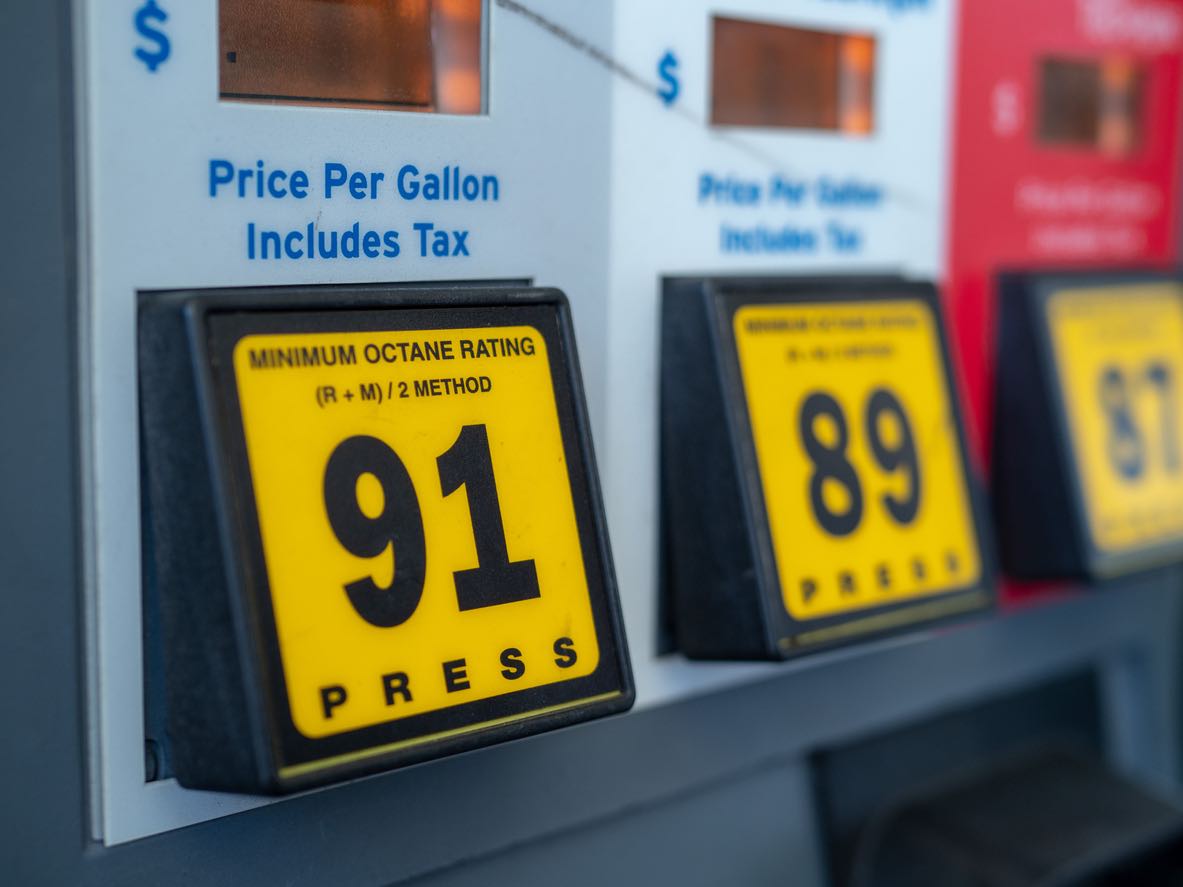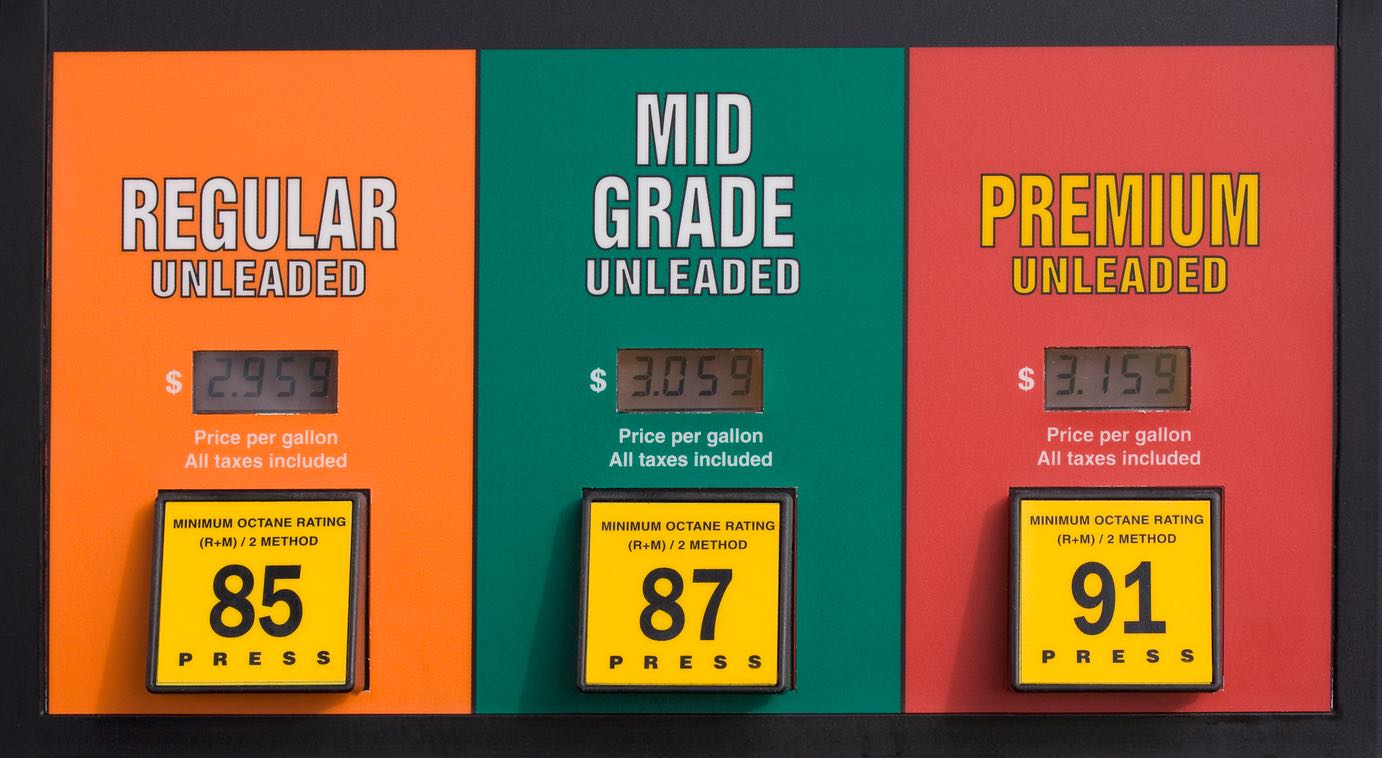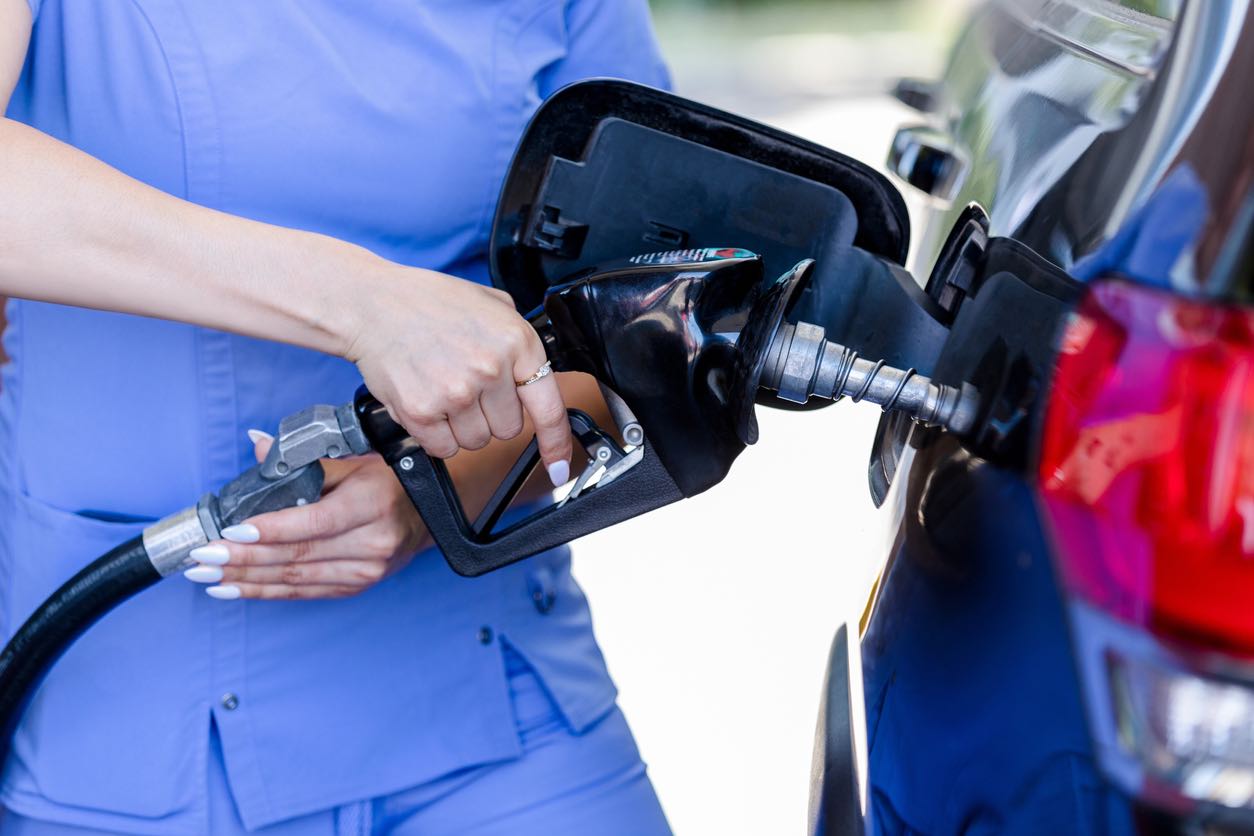U.S. drivers are faced with an unexpected problem as the summer sun starts to set and the excitement for autumn sets in: a dramatic increase in fuel costs. Many people, especially those preparing for their last summer vacations, are perplexed and frightened by this increase, which is approaching its pinnacle as the year goes on. Although gasoline price changes are frequent, the current situation has been molded by a special combination of elements, including refinery outages and unexpected weather patterns. The rising cost of gas is inevitably come up as families around the country prepare for the Labor Day vacation and the start of the school year. Explore our in-depth research below to learn more about the nuances of this trend and its wider consequences for the people of America.

- The Impact of Labor Day 2023: U.S. drivers face increasing gas prices as they attempt one more trip before the Labor Day vacation and the start of the new school year.
- Historical Context: Consumers often have a break from rising fuel prices as the peak season for vacation travel declines. A different image is presented by this year, though.
- Changes in Demand and Supply: The national average retail price of gasoline has increased 7% from the previous month to $3.86 a gallon due to a combination of strong demand and a number of refinery disruptions.
- Regional Differences: Prices in states like California and Washington have risen beyond the $5 per gallon threshold.
- What the Analysts Have to Say: The national average retail price of gasoline for the month is expected to be approximately $3.90, according to Goldman Sachs analysts.

- Midwest Price Jump: The Midwest region of the United States has witnessed considerable price rises, with increases in Ohio and Michigan of 21 cents and 16 cents per gallon, respectively. Premature maintenance at a BP refinery in Whiting, Indiana, is to blame for this.
- Refinery Closures: In the future months, refineries including Irving Oil’s in New Brunswick, Canada, and Delta’s in Trainer, Pennsylvania, are scheduled to undergo maintenance. About 9% of the product supply in each region will be impacted by this.
- Expert Advice: The chief of petroleum research at GasBuddy.com made a comment on how unexpected the current price spike is given that prices generally reduce as fall approaches.
- Levels of Inventory: Weekly gasoline stocks in the United States have regularly been below the five-year norm, making the market vulnerable to price increases in the event that refining capacity is disrupted.
- Concerns Relating to the Weather: The recent steep 2% decline in product yields at U.S. refiners may have been brought on by Texas’ record heat levels. The U.S. National Oceanic and Atmospheric Administration (NOAA) has updated its storm prediction as the peak hurricane season approaches owing to unusually warm sea surface temperatures. U.S. oil refineries are at risk from hurricanes, particularly those that are located near the Gulf Coast.
As a Result, The current state of the U.S. gasoline industry is fraught with several difficulties, ranging from refinery maintenance and outages to external influences like weather. As these factors come together, they push prices upward, affecting drivers across the country.
The best car shipping company in the US, Ship A Car, Inc., provides unmatched services to move cars all across the nation. Regardless of the distance or difficulties presented by the current fuel market, Ship A Car, Inc. guarantees that your vehicle reaches its destination in top form. The company is dedicated to safety, efficiency, and client pleasure.

- Why are gasoline prices surging in the U.S.? Strong demand, refinery problems, and outside variables like weather and possible hurricanes are all blamed for the increase.
- How are regional gasoline prices affected by refinery shutdowns? In some areas, lower product availability might result from refinery closures, driving up costs. For instance, closures will affect around 9% of the product supply in Trainer, Pennsylvania, and New Brunswick, Canada, respectively.




